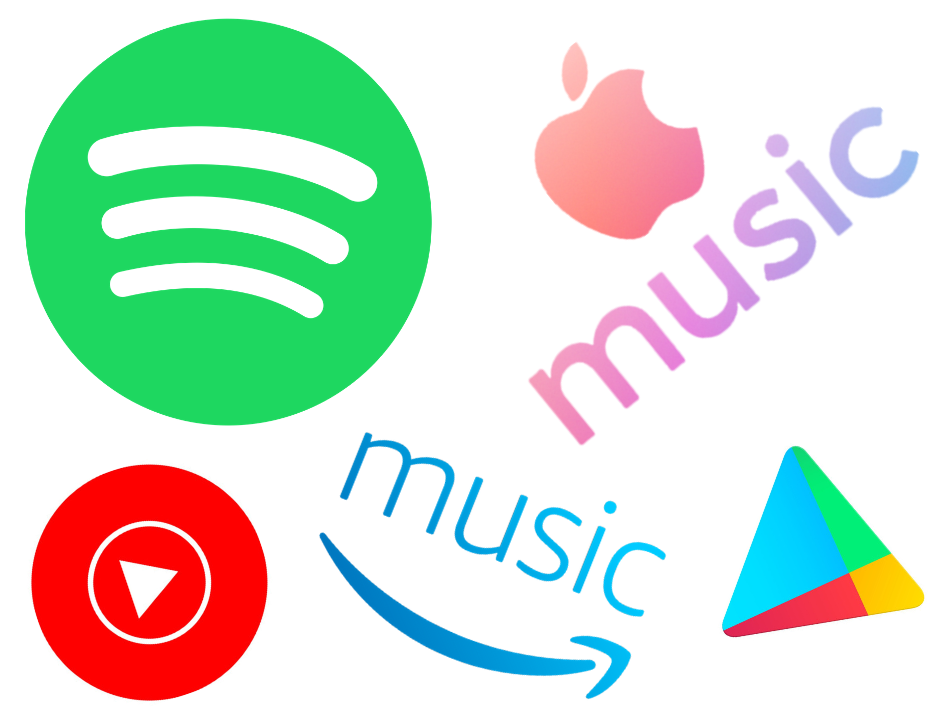The Ultimate Guide to Audio Experience
Explore insights and reviews on the best audio gear.
Stream Your Heart Out: Why Music Streams Are the New Vinyl
Discover why music streams are taking over vinyl and fueling a new era of listening. Dive into the revolution now!
The Rise of Streaming: How Digital Platforms Are Shaping the Future of Music
The rise of streaming has fundamentally transformed the music industry, offering unprecedented access to a vast library of songs at the fingertips of listeners. As digital platforms such as Spotify, Apple Music, and YouTube Music gain dominance, they have redefined how artists distribute their work and how fans consume music. According to a report by Statista, over 400 million users are paying for streaming services, showcasing a significant shift from traditional music consumption methods. This shift not only benefits consumers but also allows emerging artists to reach global audiences without the need for a record label.
Furthermore, digital platforms are now equipped with advanced algorithms that tailor music recommendations, enhancing the user experience. This personalized approach encourages listeners to explore new genres and artists, fostering a more diverse musical landscape. As highlighted by a Forbes article, while streaming revenues have increased, artists often struggle with fair compensation due to the way payouts are structured. As we look toward the future, it is clear that streaming will continue to shape the industry, affecting how music is produced, marketed, and consumed.

Vinyl vs. Streams: Which Format Captures the True Essence of Music?
In the ongoing debate between vinyl and streaming music formats, enthusiasts often argue about which medium truly captures the essence of music. Vinyl records are renowned for their rich, warm sound and tangible experience. Many audiophiles claim that the analog nature of vinyl provides a depth and authenticity that digital formats, including streaming services, struggle to replicate. According to a study by ResearchGate, the tactile process of placing a needle on a record allows listeners to engage more fully with the music, creating a sensory experience that transcends merely hearing.
On the other hand, streaming platforms like Spotify and Apple Music offer unparalleled convenience and accessibility. With just a few clicks, listeners can explore vast libraries and discover new tracks, all while enjoying high-quality sound. However, critics point out that digital compression can detract from the auditory experience, making it less immersive than vinyl. Ultimately, the choice between vinyl and streams boils down to personal preference: whether one values the nostalgic ritual of playing a record or the instant gratification of streaming music on demand.
How Streaming Services Are Revolutionizing Music Accessibility and Discovery
The advent of streaming services has dramatically transformed the landscape of music accessibility, enabling listeners to access an expansive library of songs at their fingertips. Platforms like Spotify, Apple Music, and Amazon Music have replaced traditional music distribution methods, allowing users to stream millions of tracks with a simple subscription or even for free with ads. This shift has not only made it easier for casual listeners to explore various genres and artists but has also democratized the music industry, providing emerging talent with a platform to reach wider audiences without the constraints of physical media production.
Furthermore, these streaming platforms utilize sophisticated algorithms to enhance music discovery, catering to individual tastes and preferences. Services like Pandora and Last.fm offer personalized playlists and recommendations, allowing users to uncover hidden gems and new favorites with ease. As a result, listeners are not only consuming music but also engaging with it in a more meaningful way, reshaping how we discover and appreciate music in the digital age. This revolution in music accessibility and discovery is setting the stage for the future of audio entertainment, inviting a new generation of listeners to explore the boundless world of sound.